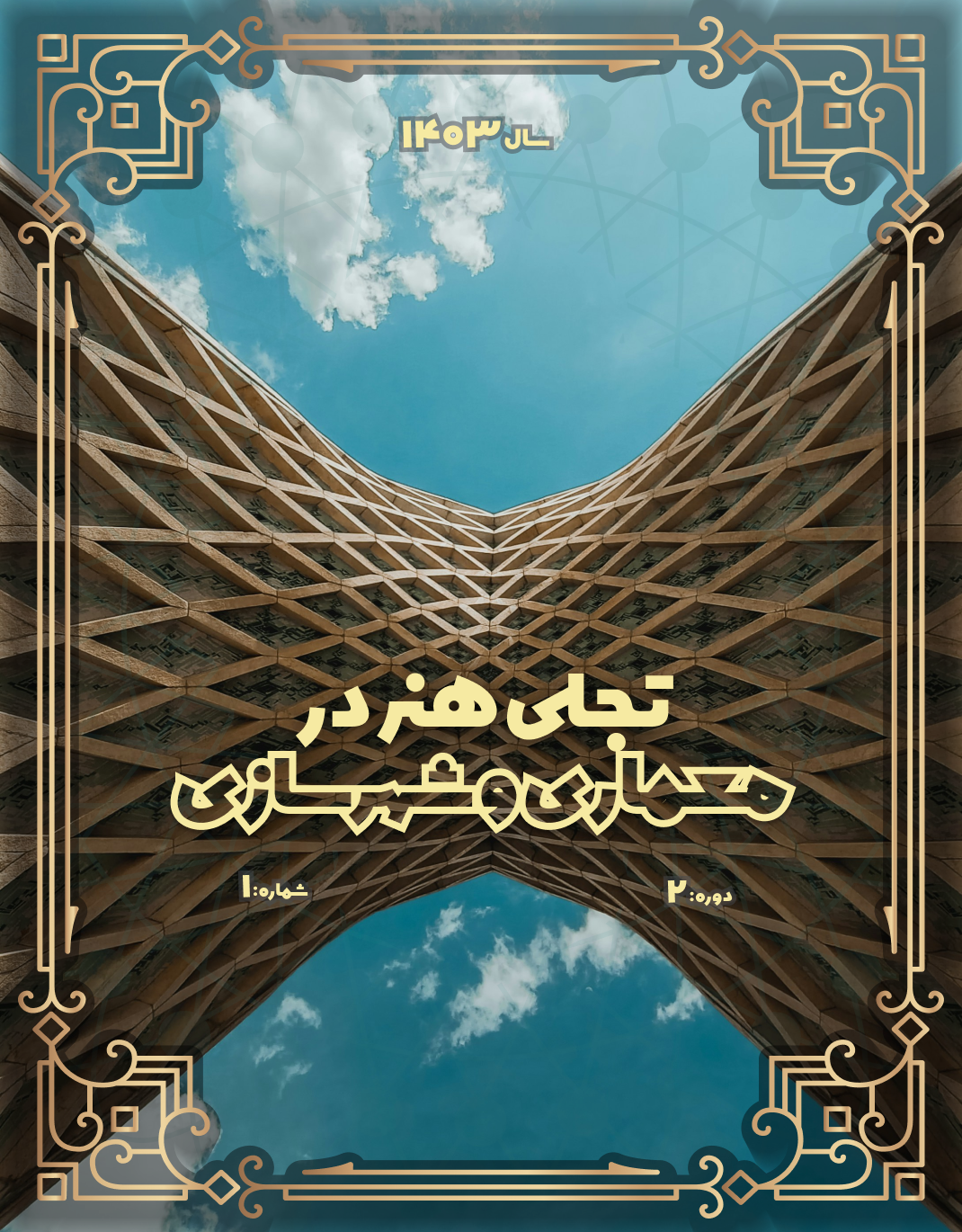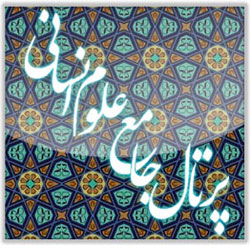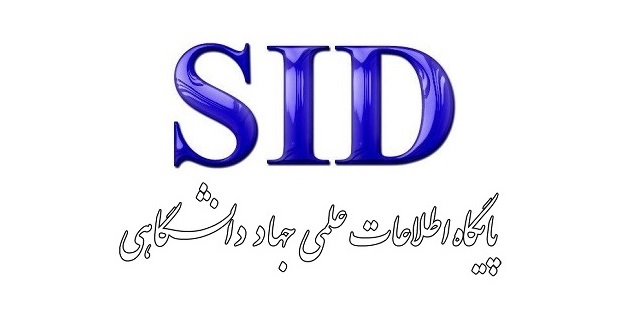مطالعه و تحلیل فضا و رنگ در نقاشیهای مذهبی قهوه خانهای محمد مدبر و حسین قوللر آغاسی
کلمات کلیدی:
رنگ آمیزی, نقاشی مذهبی, قهوه خانهچکیده
نقاشی قهوهخانهای نوعی نقاشی روایی رنگ روغنی با مضامین رزمی، مذهبی و بزمی است که در دوران جنبش مشروطیت، بر اساس سنتهای هنر مردمی و دینی، به ضرورت نیاز و درخواست مردم و به پاس احترام به باورهای آنان، به دست هنرمندانی مکتبندیده پدیدار شد. گرچه زمینهساز آن، سنت کهن قصهخوانی و مرثیهسرایی و تعزیهخوانی در ایران بوده است، اما در دوران قاجار، شرایطی برای رشد و بالندگی این هنر مردمی در قهوهخانهها به وجود آمد. موضوعات نقاشی قهوهخانهای گسترده است، از موضوعات مذهبی گرفته تا حماسی، عاشقانه و روزمره است که در نوشته حاضر، موضوع مذهبی و مضامینی که به واقعهی عاشورا و امام حسین(ع) مرتبط است، مد نظر میباشد. تاریخ شروع نقاشی قهوهخانهای را برخی به زمان شاه سلیمان صفوی و بعضی آن را به زمان شاه طهماسب صفوی نسبت میدهند. با رسمیت یافتن مذهب شیعه در ایران و در دوره صفوی و آشنا شدن مردم با سرنوشت بزرگان دین، آثار هنری چندی پیرامون زندگی این بزرگان شکل گرفت. شهادت قهرمانانه و مظلومانه امام حسین (ع) و جمع یاران با وفایشان که همواره چون جریانی خروشان و جوشان آحاد جامعه را به حرکت و جوشش وا میداشت، این واقعه باعث ایجاد مجموعهای مختلف و متنوع از هنرهای گوناگون شد. نقاشی قهوهخانهای برای مکانهای مختلفی از جمله قهوهخانه، حسینیه، تکیه و... سفارش داده میشدند. فصل مشترک تمام این مکانها ارتباط مستقیم نقاشی با عامهی مردم است. در این پژوهش به بررسی آثار حسین غوللر آغاسی و محمد مدبر و مقایسه نقاشیهای مذهبی آنها از نظر فضا و رنگ آمیزی پرداخته شده است.
دانلودها
مراجع
1. Kalantari M. The battles and festivities of the Shahnameh in the market curtains of café-house art and people. Year 12. 1974(134):Azar.
2. Saif H. Café-house painting: Reza Abbasi Museum; 1990.
3. Ismailzadeh A. Promoting Shiism across Iran: The arts of painting, calligraphy, ta'ziyeh, and storytelling. Journal of Religious Arts. 2006;12(2):16.
4. Hosseini Abadi A. The impact of Islamic-Shiite arts on public relations. Journal of Religious Arts. 2016;14(1):37.
5. Mohammadi Pour A. Analyzing the visual symbols of Shiite art in paintings. Journal of Religious Arts. 2017;15(4):48.
6. Fleur WPC, Ikhtiar M. Painting and painters of the Qajar era: The Shasavan tribe of Baghdad2002.
7. Yasini SR. The impact of traditional arts on contemporary Iranian painting: Research Institute for Culture, Art, and Communications, Azar, Tehran; 2013.
8. Pakbaz R. Encyclopedia of Art, Culture, and Contemporary Issues: Tehran: 5; 1998.
9. Chelypa K. Café-house painting: Loyal despite all temptations. Tandis. 2010:172.
10. Khalaj Amir Hosseini M. The hidden secrets in the art of miniature painting: Nazar Publication, Tehran; 2008.
11. Abdolhosseini AMH. Café-house painting (Selected articles and discussions): Aba Book Publications, Tehran; 2020.
12. Zekraly N. Café-house painting: A representation of national and religious culture: Neday Tarikh Publications, Tehran; 2021.
13. Panjabashi E, Sanayi A. A study on the role of women in the martial works of Hossein Qollar Aghasi in café-house painting. Journal of Women in Culture and Art (Women's Research). 2020.
14. Takha Qahfarrokhi K. A comparative study of the works of Mohammad Modabber and Hossein Qollar Aghasi from the perspective of content and form: Master's thesis in Islamic Art History, Isfahan University of Art, Faculty of Handicrafts, Department of Islamic Art; 2022.
دانلود
چاپ شده
ارسال
بازنگری
پذیرش
شماره
نوع مقاله
مجوز
حق نشر 2024 زهرا کهنی (نویسنده)

این پروژه تحت مجوز بین المللی Creative Commons Attribution-NonCommercial 4.0 می باشد.










